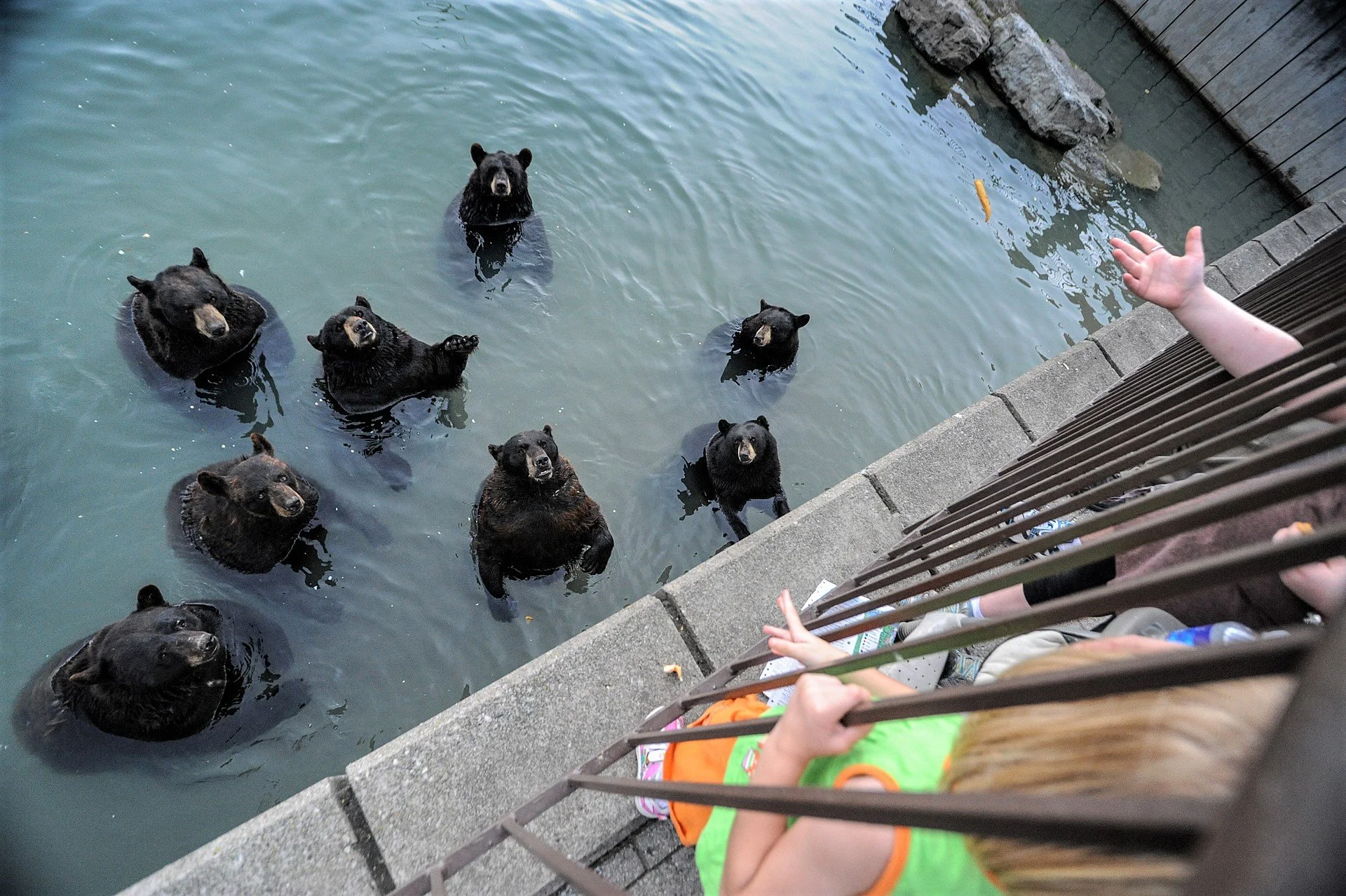By Jessica Scott-Reid
Jessica is a Canadian writer, animal advocate and plant-based food expert. Her work appears regularly in media across Canada and the US.
This is Part 1 of a two-part blog on the answers to the problems with zoos.
Among animal lovers, the topic of zoos can be particularly polarizing. A 2020 survey of Canadians found that just over half (51%) are not in favour of keeping animals in zoos. Many who do though, often report that seeing animals in person helps humans connect with them and encourages love and respect for animals we would normally never see.
In recent years though, concerns have arisen about displaying animals for profit and entertainment, about the physical and psychological effects of holding animals in captivity, and the ethics of using zoos for species conservation.
These concerns have permeated the mainstream, leading to proposed legislation in Canada, dubbed the Jane Goodall Act, which could put new legal restrictions on how zoos operate and on which animals can and cannot be held in captivity. The bill, now in its second iteration, would ban the new (but not existing) captivity of great apes, big cats, elephants, bears, wolves, seals, sea lions, walruses, certain monkeys, and dangerous reptiles unless licensed "for their best interests."
At this moment however, zoos across North America, in their various forms, remain not only operational but are still considered popular family-fun, and packed full of those animals included in the bill. So, what really makes zoos so problematic? And, if the Jane Goodall Act passes in Canada, will this really help quell those concerns?
Lucy, the lone elephant at Canada’s Edmonton Valley Zoo where she has lived since 1977. Photo: Jo-Anne McArthur, We Animals Media
At the Canadian Animal Law Conference, put on recently by Animal Justice at the University of Toronto, a panel of experts sought to answer these questions. Brittany Semeniuk, a registered veterinary technologist who has worked with zoo animals and is currently the animal welfare specialist for the Winnipeg Humane Society, detailed some of her top concerns about zoos today.
First, Semeniuk notes that zoo accreditation bodies—considered by many zoo proponents to be meaningful for ensuring the wellbeing of captive animals—including Canadian Accredited Zoos and Aquariums (CAZA) and the global Association of Zoos and Aquariums (AZA), have no legal authority and their policies are not legally enforceable.
“It’s very easy to get accredited,” Semeniuk explains, and if standards are ever found not being met, “nothing happens,” facilities simply lose accreditation. CAZA welfare policies, she adds, focus more on the physical aspects of keeping animals in zoos, such as enclosure design and feeding practices, than on the mental and emotional wellbeing of individual animals. In the CAZA standards, the two sections on animal welfare are entitled Animal Welfare–Housing and Environment and Animal Welfare—Healthcare and Management.
Species conservation was also discussed during the conference session, as it is an issue often presented to the public as justification for why zoos are necessary and even ethical—because they are saving species. But, as Semeniuk says, animals can suffer when conservation is made the priority.
Species Survival Plans, she explains, dictate where animals go in order to be bred, often causing animals to be traded and moved to other zoos, breaking up monogamous pairs or bonded groups, and possibly causing animals to be psychologically and/or physically injured or even killed when introduced to new animals. Zoos can also end up with a surplus of animals (baby animals tend to bring in more paying customers) leading to culling of healthy animals.
Children watch a polar bear swimming at the Toronto Zoo. Photo: Jo-Anne McArthur, We Animals Media
Further, Semeniuk states, animals also suffer when displaying them is prioritized. “Zoos are a business,” she notes, and their business is entertainment. No one will be entertained by animals they can’t see, thus exhibits are kept small. In the wild, she explains, polar bears (which are very common in zoos) “will travel 30 kilometers a day. Caribou: 1200 kilometers round trip when they are migrating. Their enclosures will be a few thousand square feet, at best.”
She says not enough research has been done on the psychological impacts of holding animals in spaces so much smaller than their natural habitats but points out that not only is pacing a common sign of emotional stress in zoo animals, but so is lethargy. “Standing still in one spot can be a sign of depression.”
Perhaps worst of all, Semeniuk says, are those animals who simply cannot survive in captivity, but whom zoos continue to attempt to display. Moose, she explains, will waste away in zoos, unable to eat and thrive in their natural environments. "I've seen it happen," she says. As well as endangered Indri lemurs, who also cannot survive long in zoos due to nuanced, irreplicable diets.
Semeniuk ended her talk at the conference saying that the Jane Goodall Act, though limited, could be a promising step in the right direction. Her fellow panelists, associate professor of philosophy Andrew Fenton, and retired law professor Vaughn Black, both from Dalhousie University, had much more to say on that. As did panel moderator, Animal Justice’s Camille Labchuk.
Read Part 2 of this series on solutions to the zoo problem.



